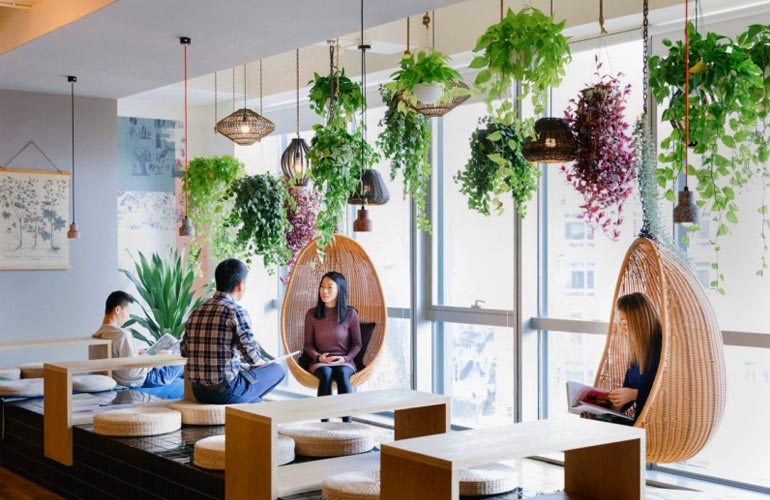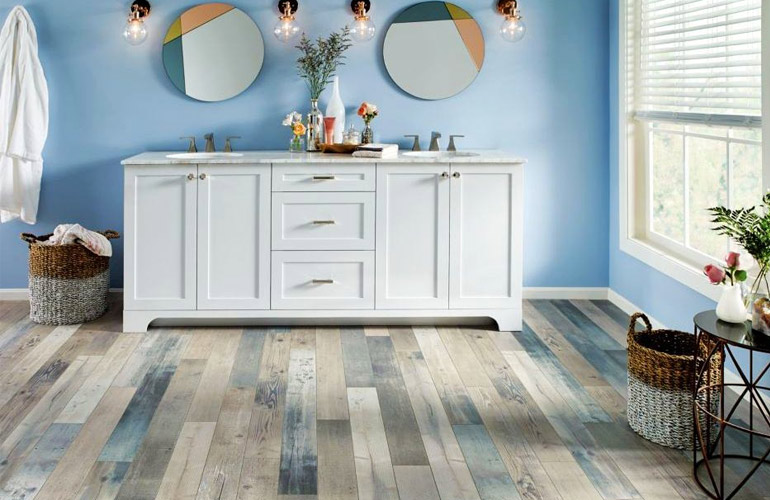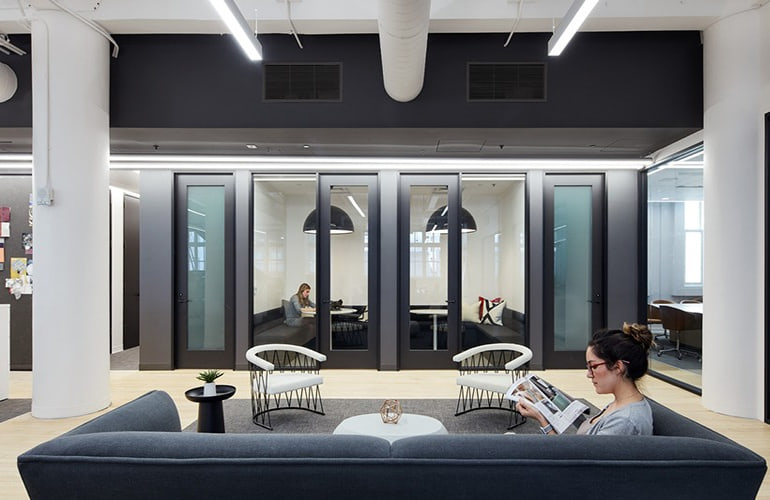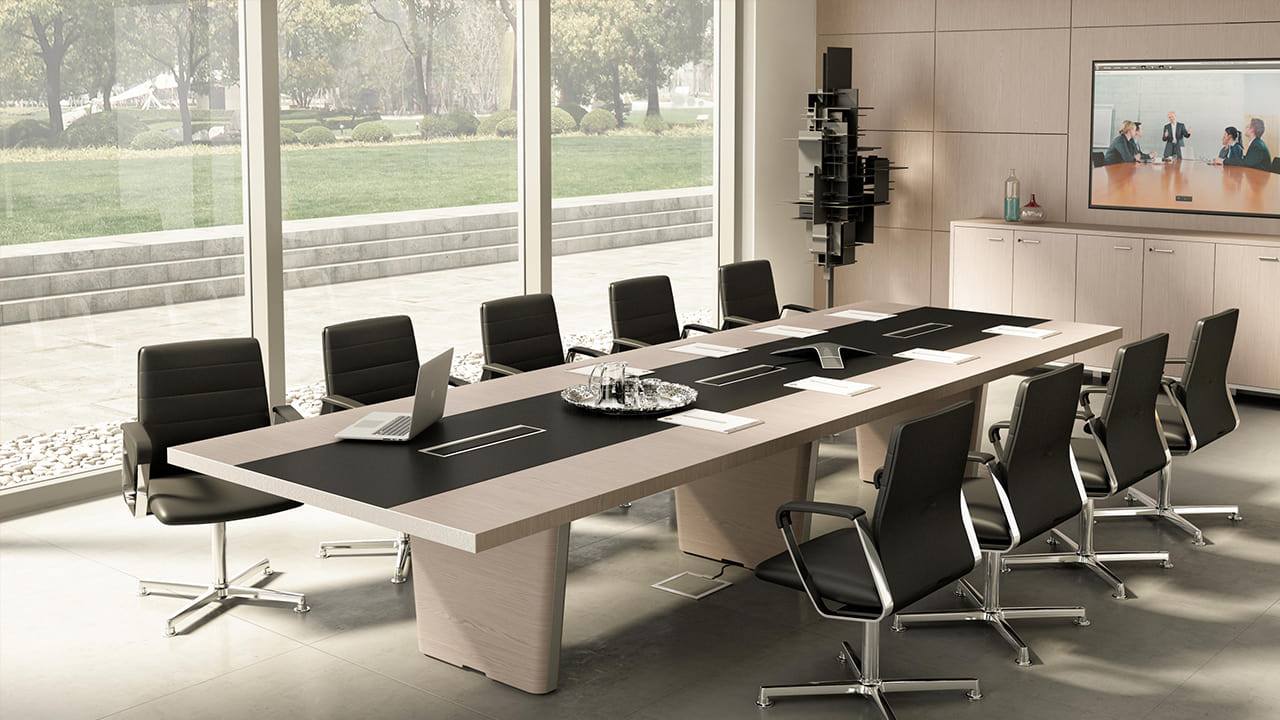Is your office décor a bit — or maybe a lot — on the drab and dull side? Well, if you’re a business owner or executive, then you need to know that this isn’t just an esthetics issue. It’s also a money matter. Office decor ideas are just amazing and worth to try out to make your working place attractive.
That’s because an efficient and optimized modern office design — i.e. one that employees look forward to being in vs. can’t wait to escape from — boosts efficiency, productivity, performance, and results. It also helps reduce employee burnout and turnover; both of which come with a hefty price tag.
Of course, even if you appreciate the rewards and benefits of upgrading your office décor, you may be concerned about loosening the purse strings — and having them rip right off.
Creative Office Decor Ideas in Budget
The good news is that you can quickly and easily optimize your space, but without busting your budget. Here are three simple, affordable and high-impact ideas to consider:
Add plants, plants and more plants.
The ROI if adding plants to your office space is enormous. Firstly, you’ll immediately improve esthetics. Secondly, you’ll improve the air quality. Thirdly, you’ll boost employee engagement and productivity.

A study in the UK found that when plants were brought into the office (about one plant per nine square feet). Therefore, employees scored significantly higher on memory retention and other basic tests.
Strategically select wall, décor, and floor covering colors.
While everyone has their own favorite color, studies have identified that specific hues have a substantial impact on the people in an environment. For example, red captures attention (but can also trigger anxiety),

Yellow promotes creativity, blue enhances clarity of thought, and green creates a sense of balance. Use these insights to elevate and enhance your space, and don’t overlook the versatility of neutral-colored rugs.
Create quiet zones.
Even if you haven’t switched to an open office environment, there’s a good chance that noise levels are high and likely hover around 70 decibels (which is about the volume of a vacuum cleaner). The remedy to this distracting din isn’t to ask employees to take a monastery-like vow of silence. Rather, it’s to create simple quiet zones where employees can go to relax, unwind, and get off the grid. For example, you may re-purpose a little-used meeting room, or cordon off a section of the main working space.

The only condition, however, is that quiet zones need to be true to their purpose. If employees start turning them into a de facto Starbucks, then it won’t be a quiet zone anymore. And you’ll be back where you started.






